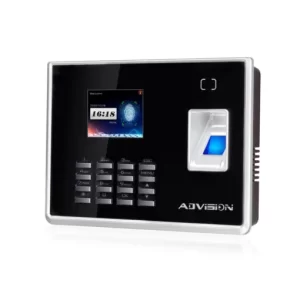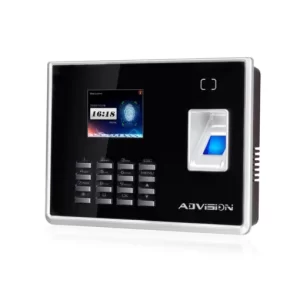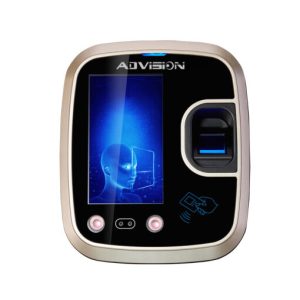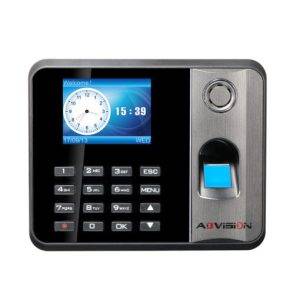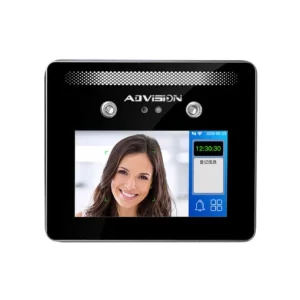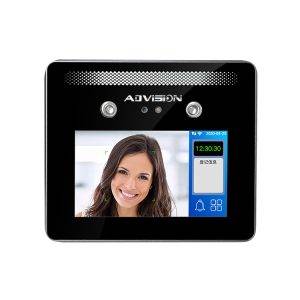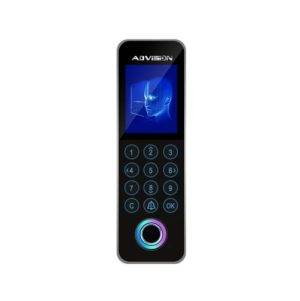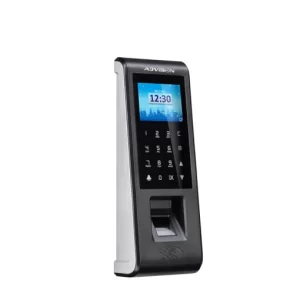FINGERPRINT
Fingerprint devices are one of the most important tools used by all companies, authorities, and factories, and most of the good solutions resulting from salaries and discounts, with continuous follow-up by the site’s work team.
Acquiring the fingerprint image is the most important step in the automated fingerpr authentication system, as it determines the quality of the final fingerpr image, which has a significant impact on the overall system performance. There are different types of fingerprint readers on the market, but the basic idea behind each one is to measure the physical difference between bumps and valleys.
All the proposed methods can be grouped into two main families: solid-state fingerprint readers and fingerprint readers.
The procedure for capturing a using a sensor consists of rolling or touching a finger over the sensing area, which according to the physical principle used (optical, ultrasonic, capacitive or thermal – see § Fingerprint sensors) captures the difference between valleys and ridges. When a finger touches a surface or rolls on its surface, the elastic skin is deformed.
The amount and direction of pressure exerted by the user, skin conditions and projection of an irregular three-dimensional object (the finger) on a flat two-dimensional plane causes distortions, distortions and inconsistencies in the captured fingerprint image. These problems lead to irregularities and irregularities in the image.
Therefore, during each acquisition, imaging results are different and uncontrollable. The representation of the same fingerpr changes every time a finger is placed on the sensor plate, further complicating any attempt to match, impairing system performance, and thus limiting widespread use of this biometric technology.
Showing 1–12 of 20 results
Fingerprint devices are one of the most important tools used by all companies, authorities, and factories, and most of the good solutions resulting from salaries and discounts, with continuous follow-up by the site’s work team.

